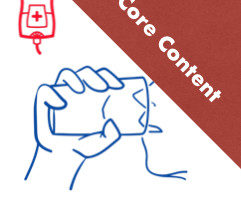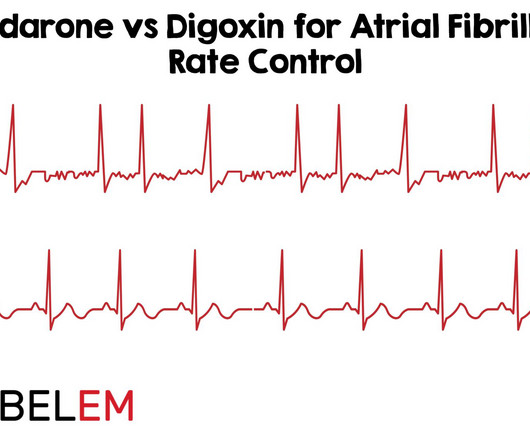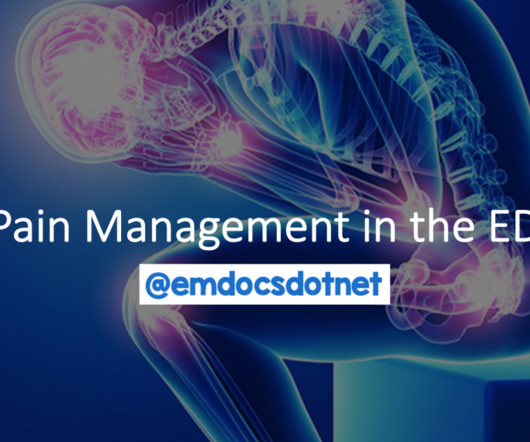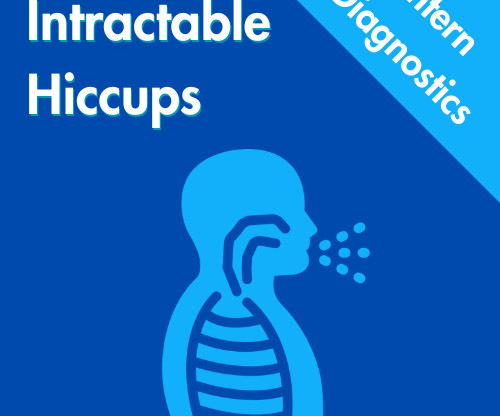But Can You Just PO?
Taming the SRU
DECEMBER 17, 2024
Fluid management in the Emergency Department (ED) is crucial in the adequate resuscitation of the acutely ill and decompensating patient. This article serves to briefly discuss IV fluids administration in the ED and the instances where they are not indicated. IV fluid administration was more associated with phlebitis.





















Let's personalize your content